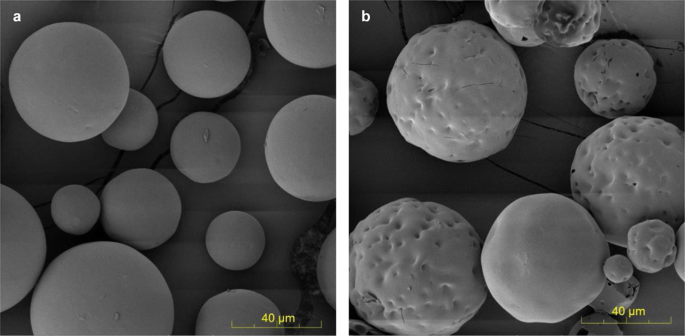2022-06-10 ジョージア大学 (UGA)
Global Change Biology誌に掲載されたこの研究は、夏の間の個体数の増加が、移動、冬の天候、環境要因の変化による蝶の損失を補っていることを示唆している。
<関連情報>
- https://news.uga.edu/monarch-butterfly-populations-are-thriving/
- https://onlinelibrary.wiley.com/doi/full/10.1111/gcb.16282
北アメリカのオオカバマダラ繁殖の傾向を相殺する、相反する地球変動要因 Opposing global change drivers counterbalance trends in breeding North American monarch butterflies
Michael S. Crossley,Timothy D. Meehan,Matthew D. Moran,Jeffrey Glassberg,William E. Snyder,Andrew K. Davis
Global Change Biology Published: 10 June 2022
DOI:https://doi.org/10.1111/gcb.16282
 Monarch abundance trend compared with other common North American butterflies. Histogram depicts median abundance trends (%/year) of >450 species monitored by the North American Butterfly Association. Trend for Danaus plexippus
Monarch abundance trend compared with other common North American butterflies. Histogram depicts median abundance trends (%/year) of >450 species monitored by the North American Butterfly Association. Trend for Danaus plexippus
Abstract
Many insects are in clear decline, with monarch butterflies (Danaus plexippus) drawing particular attention as a flagship species. It is well documented that, among migratory populations, numbers of overwintering monarchs have been falling across several decades, but trends among breeding monarchs are less clear. Here, we compile >135,000 monarch observations between 1993 and 2018 from the North American Butterfly Association’s annual butterfly count to examine spatiotemporal patterns and potential drivers of adult monarch relative abundance trends across the entire breeding range in eastern and western North America. While the data revealed declines at some sites, particularly the US Northeast and parts of the Midwest, numbers in other areas, notably the US Southeast and Northwest, were unchanged or increasing, yielding a slightly positive overall trend across the species range. Negative impacts of agricultural glyphosate use appeared to be counterbalanced by positive effects of annual temperature, particularly in the US Midwest. Overall, our results suggest that population growth in summer is compensating for losses during the winter and that changing environmental variables have offsetting effects on mortality and/or reproduction. We suggest that density-dependent reproductive compensation when lower numbers arrive each spring is currently able to maintain relatively stable breeding monarch numbers. However, we caution against complacency since accelerating climate change may bring growing threats. In addition, increases of summer monarchs in some regions, especially in California and in the south, may reflect replacement of migratory with resident populations. Nonetheless, it is perhaps reassuring that ubiquitous downward trends in summer monarch abundance are not evident.


